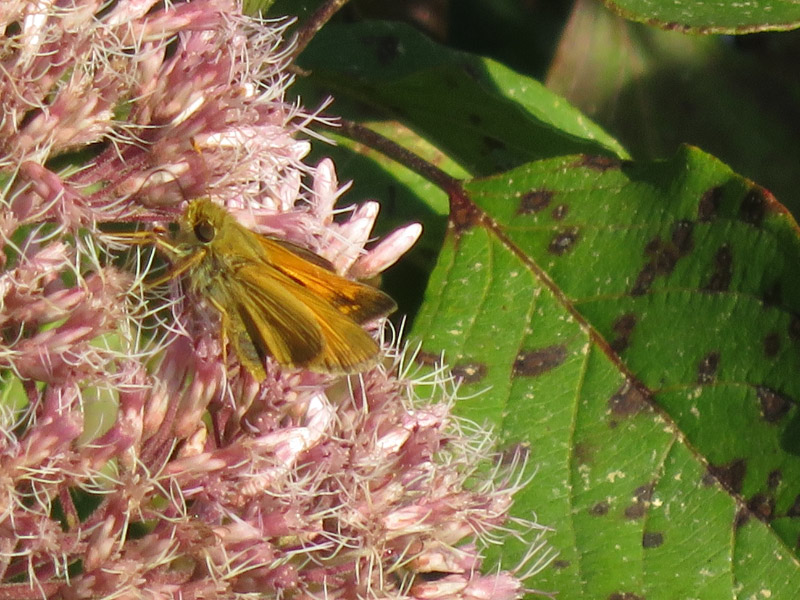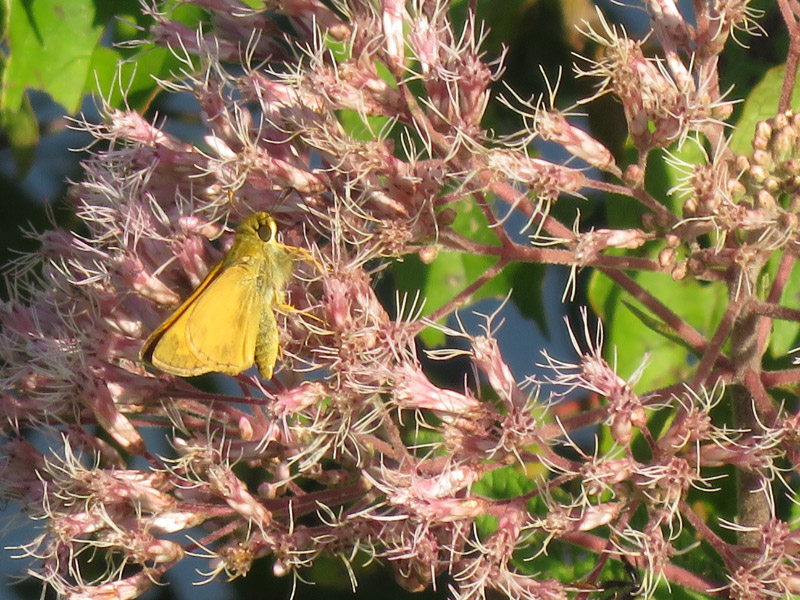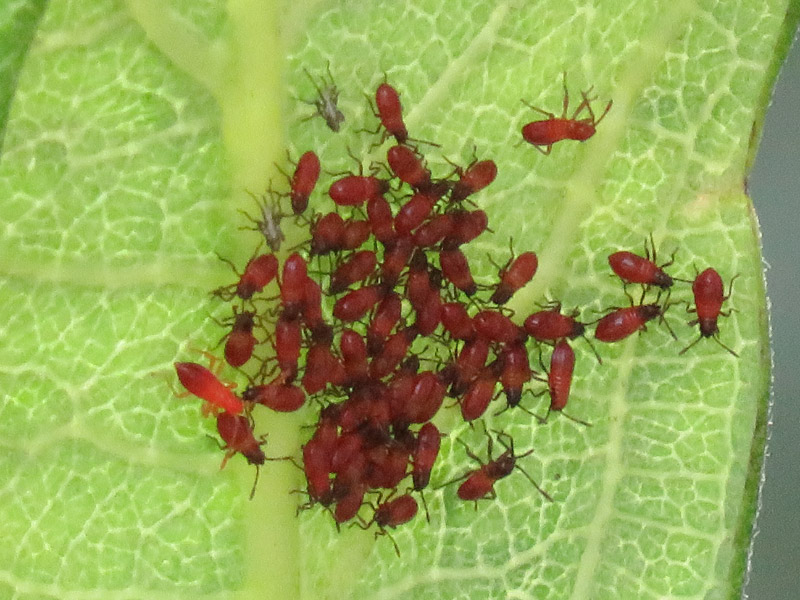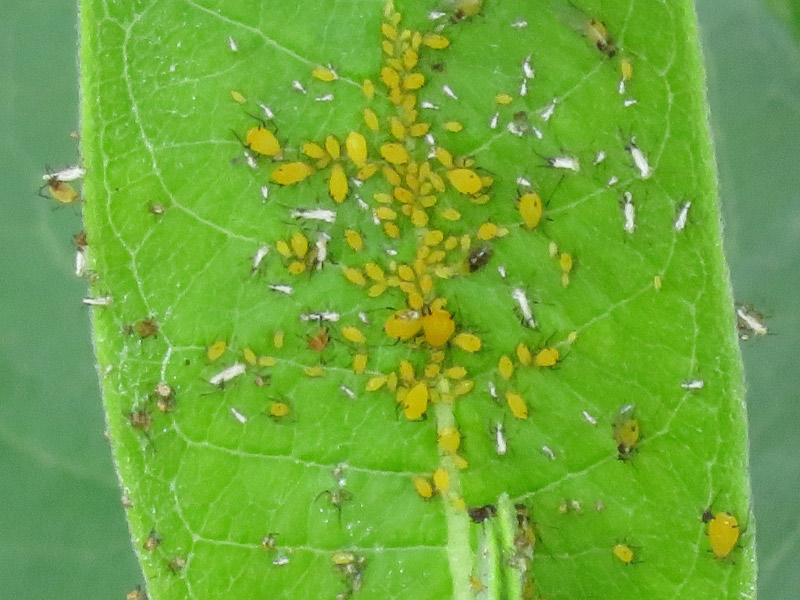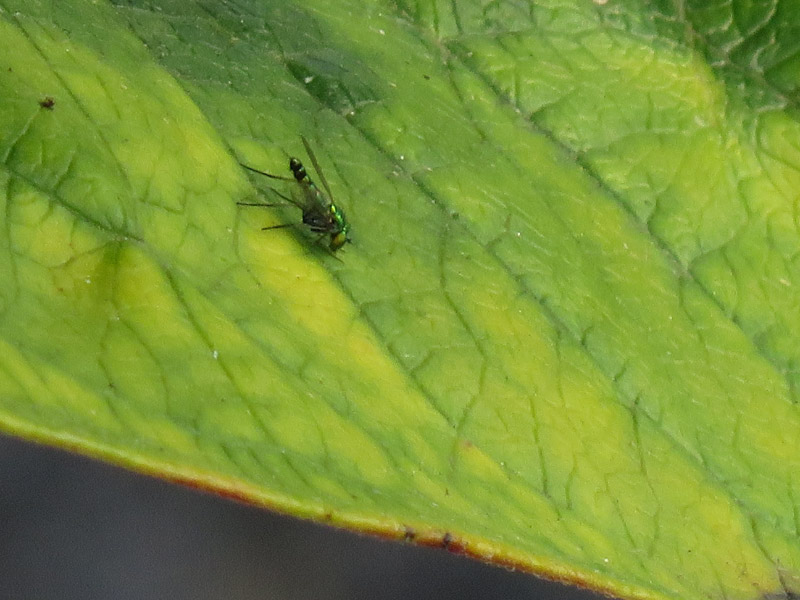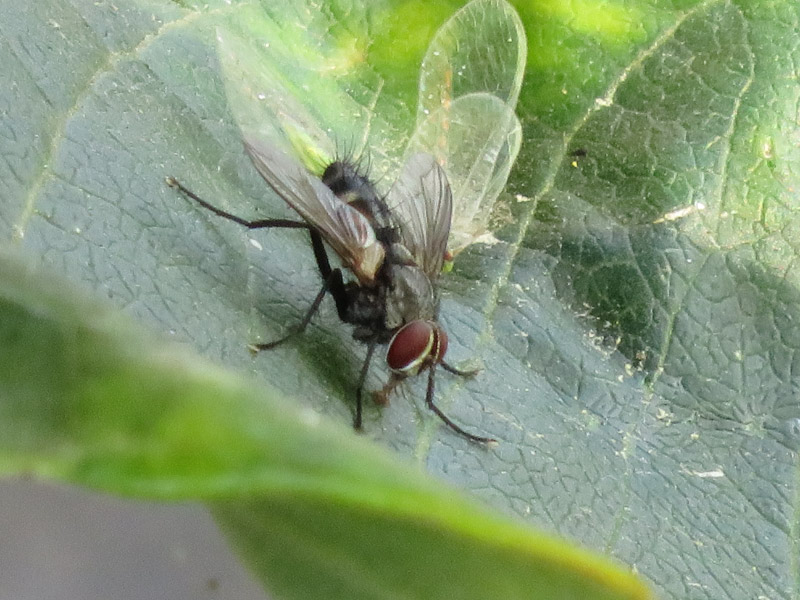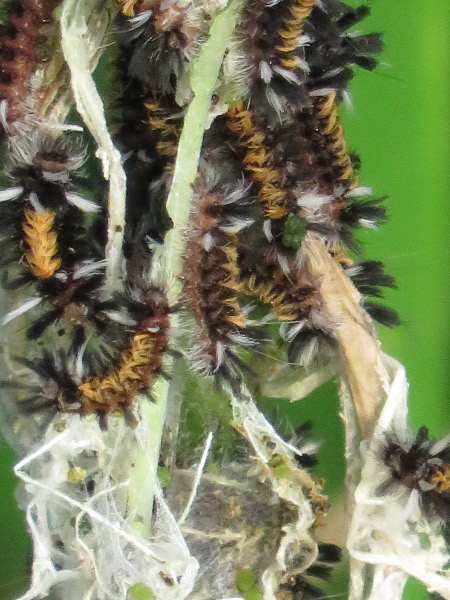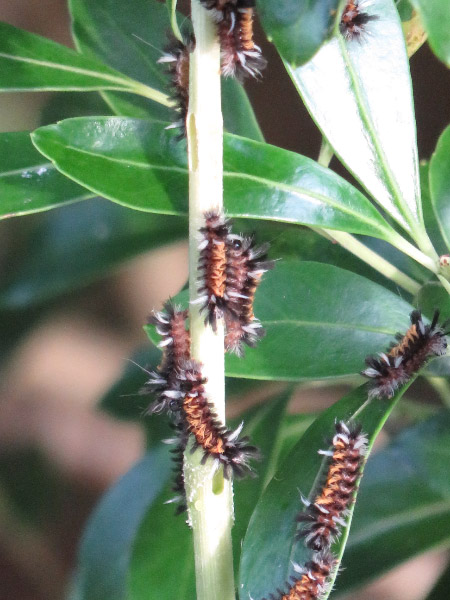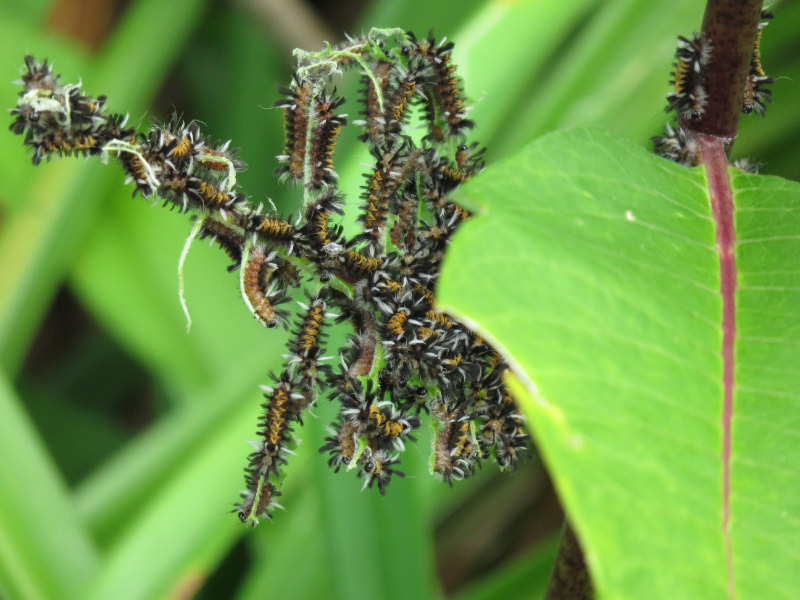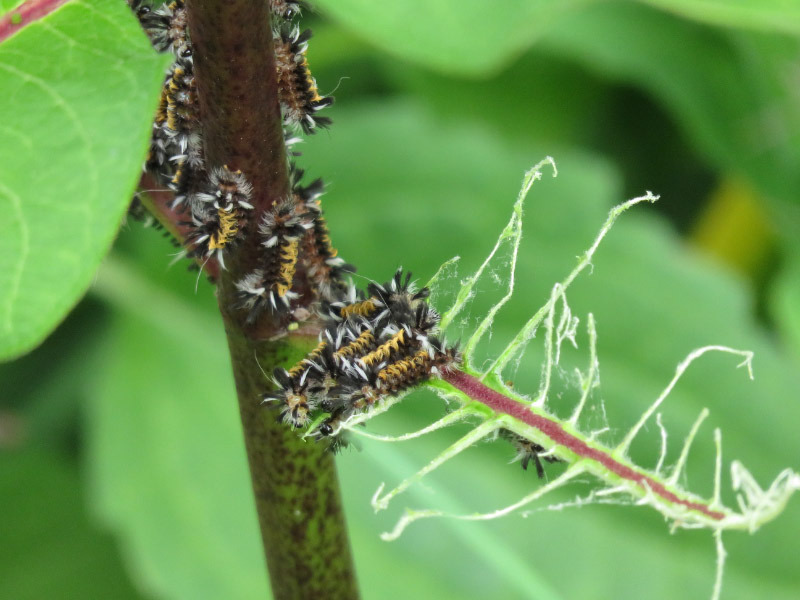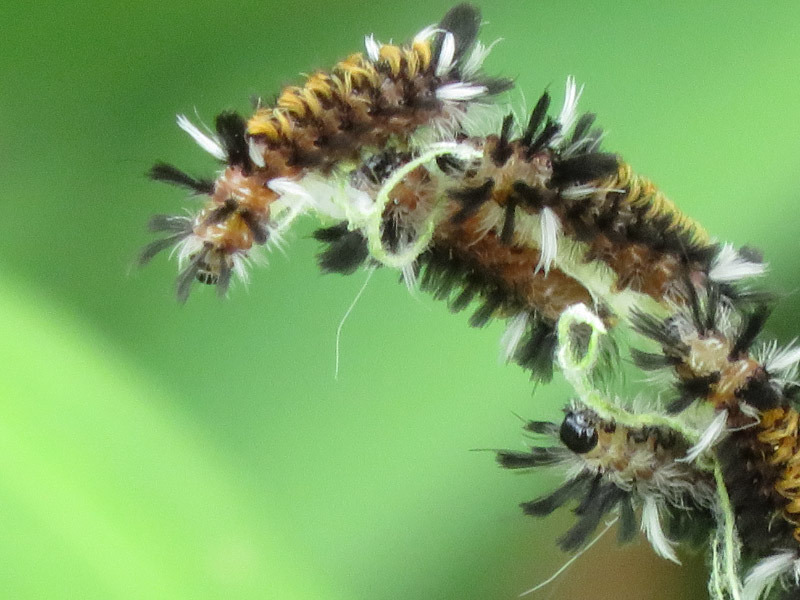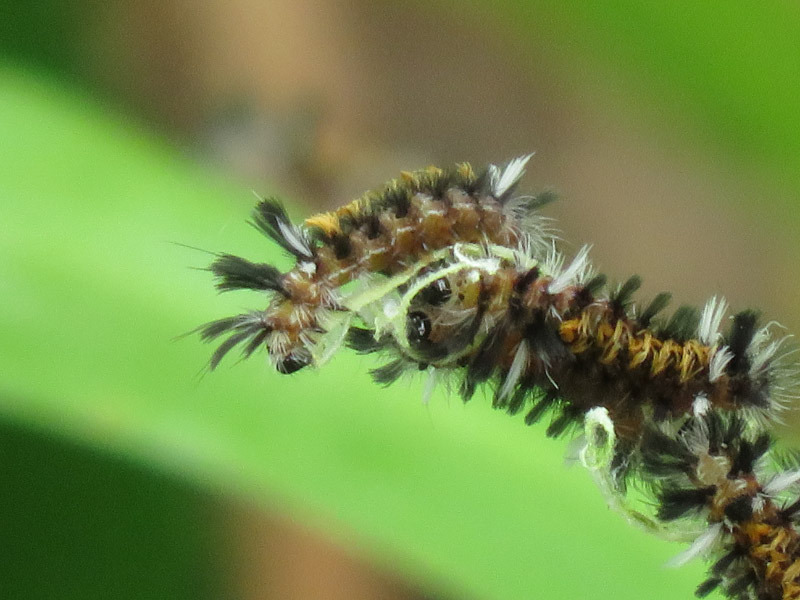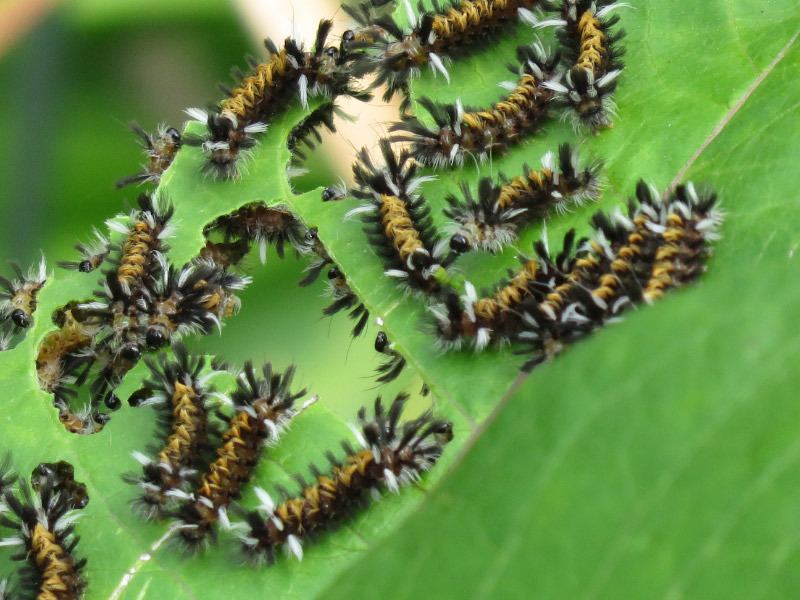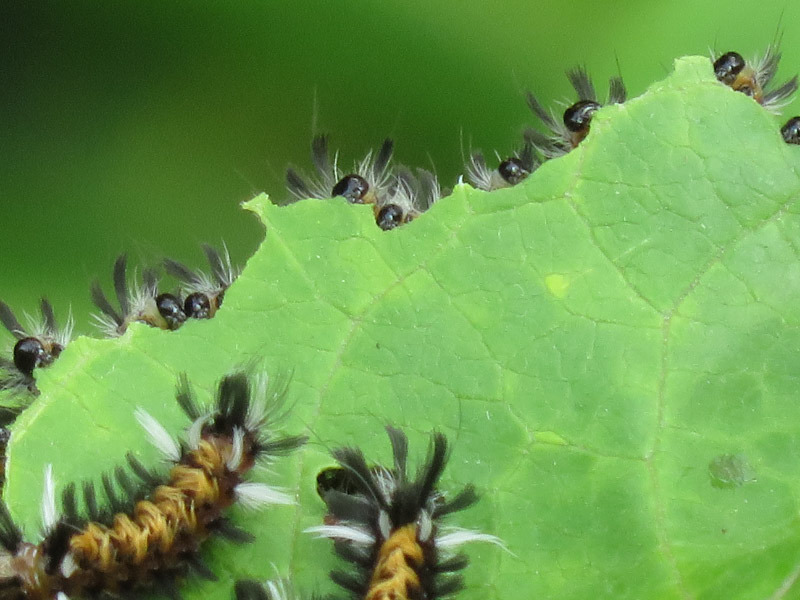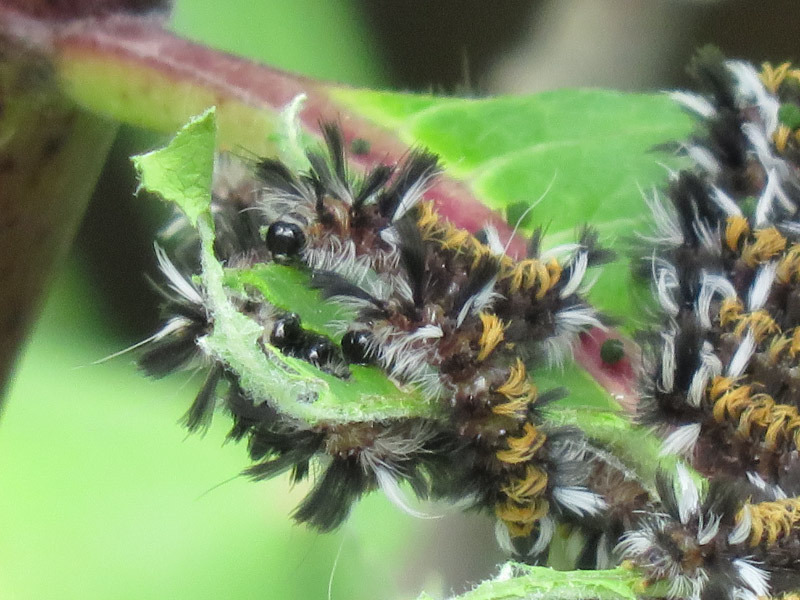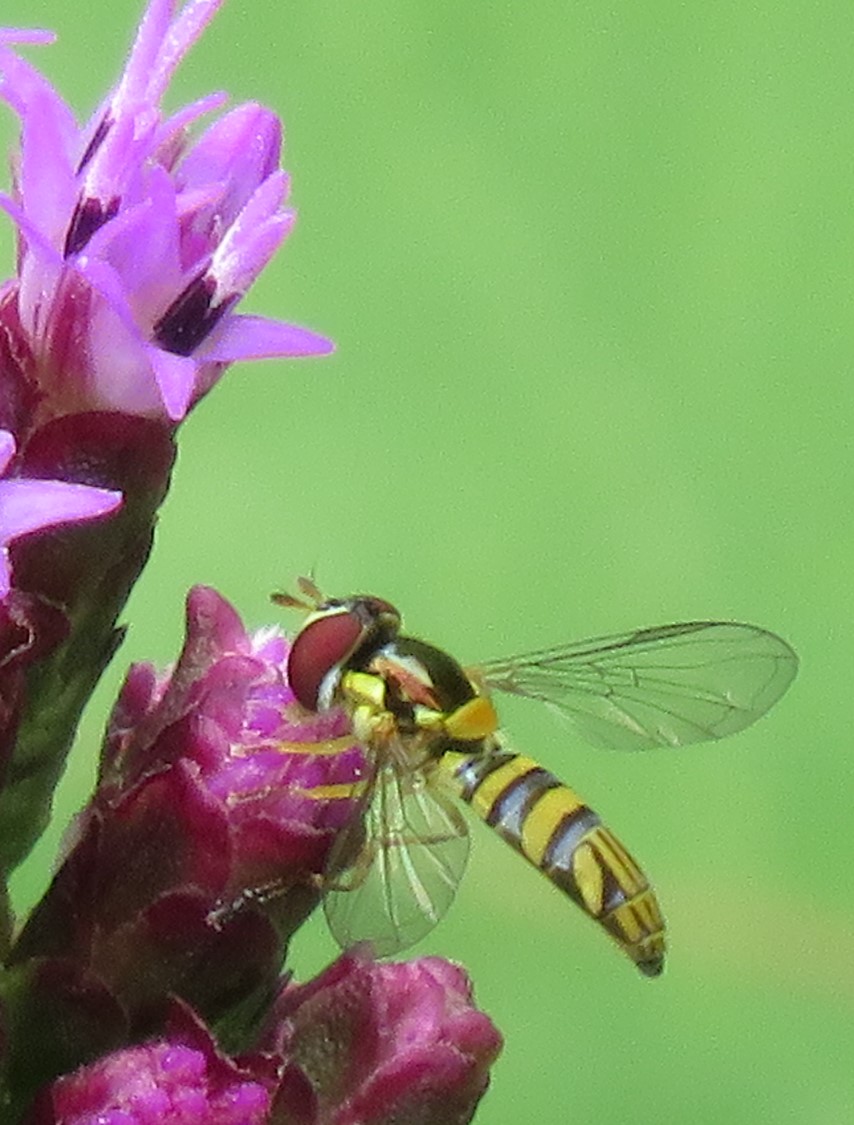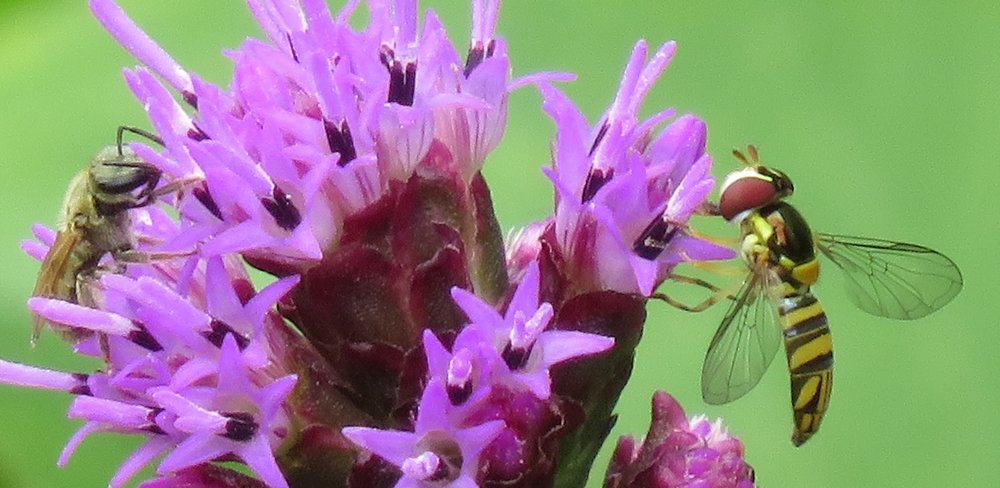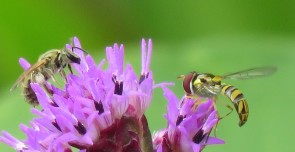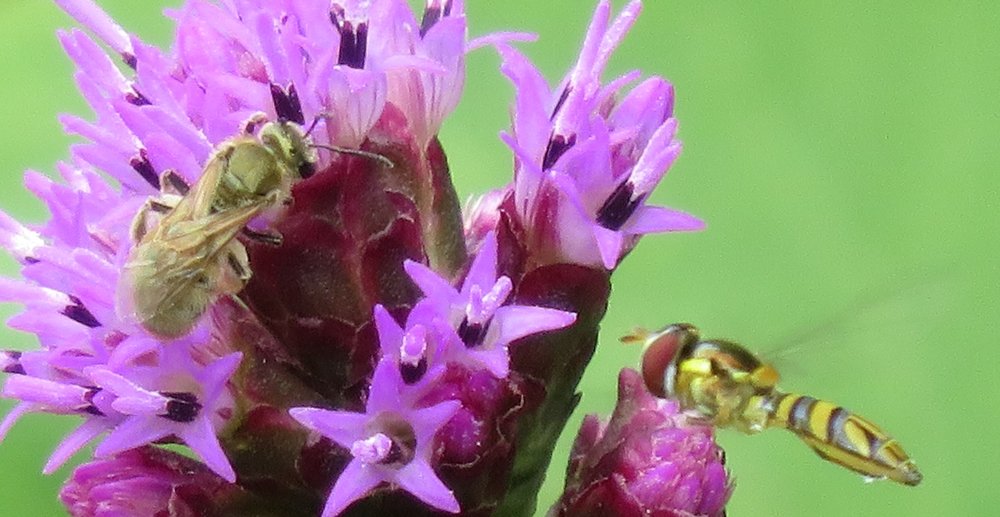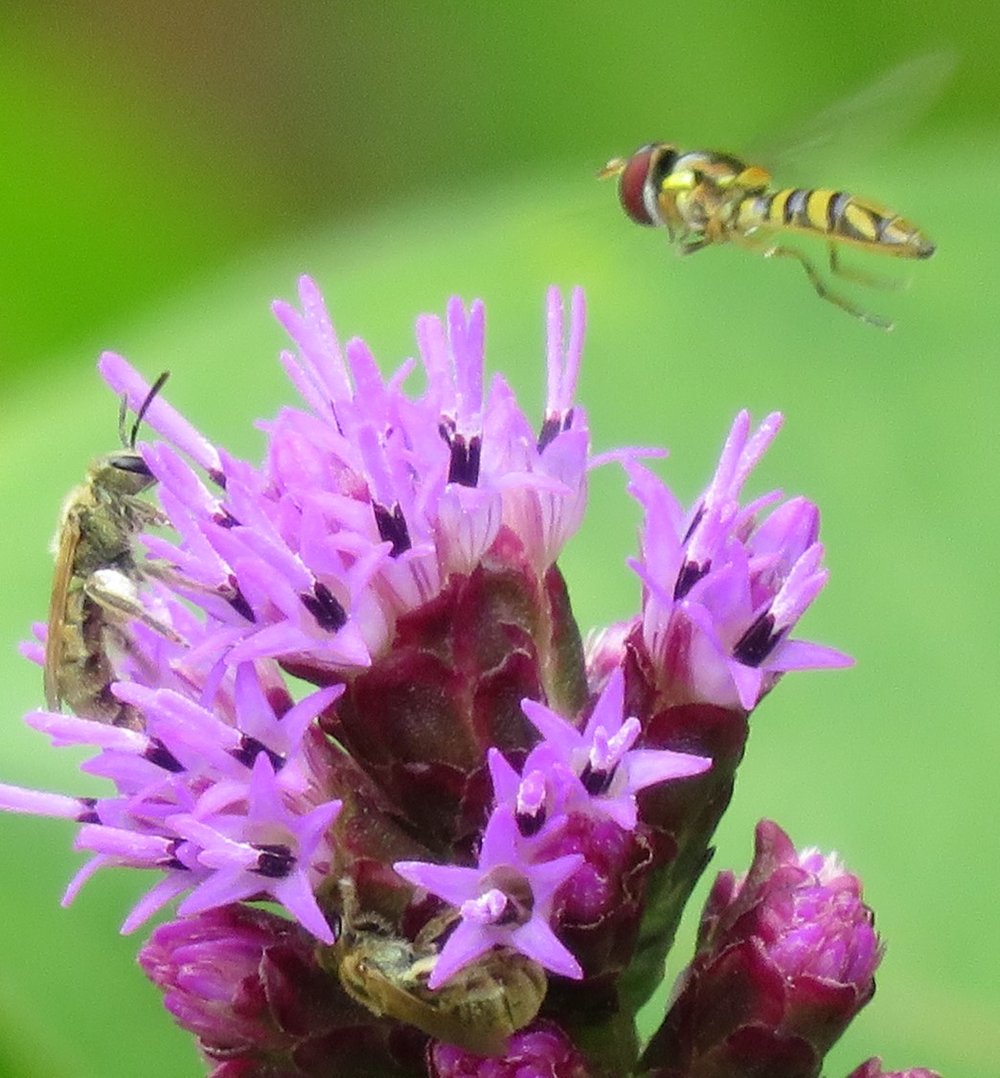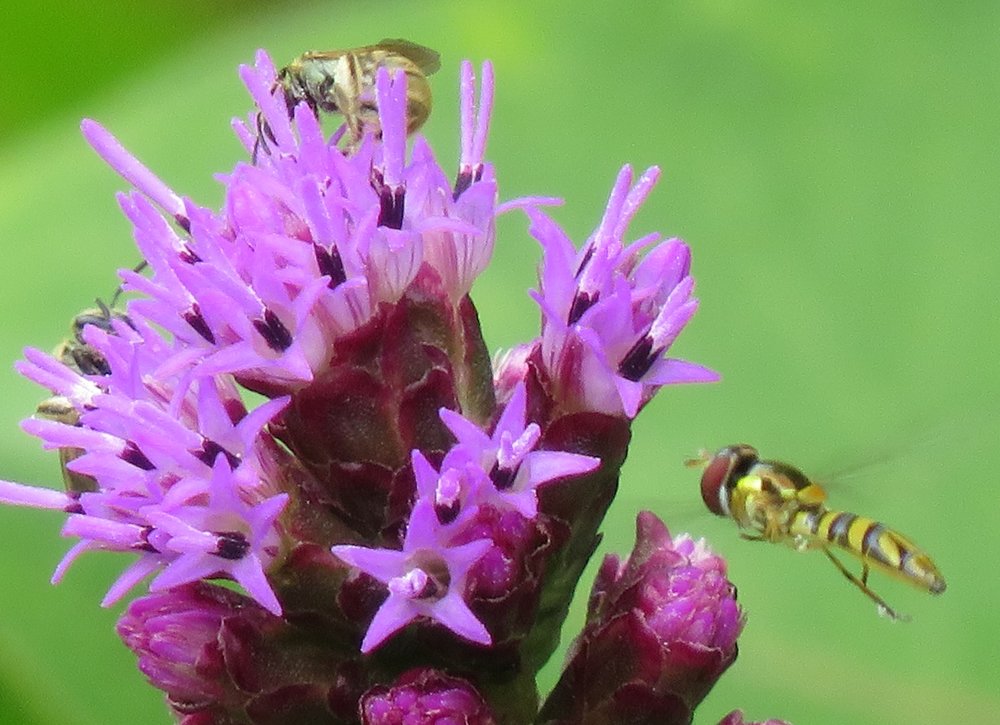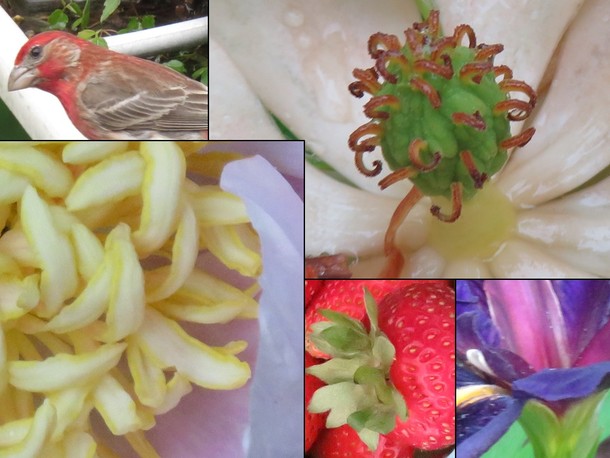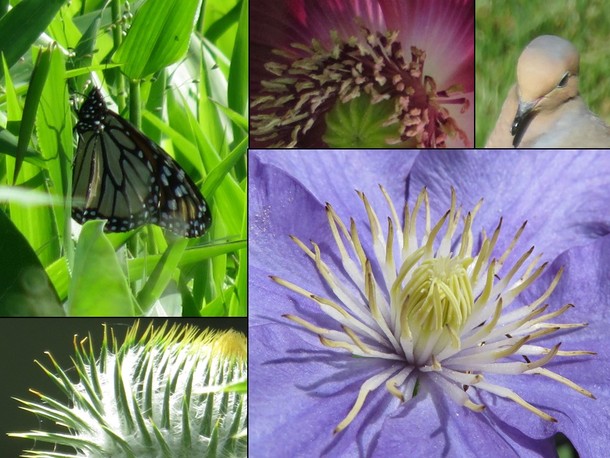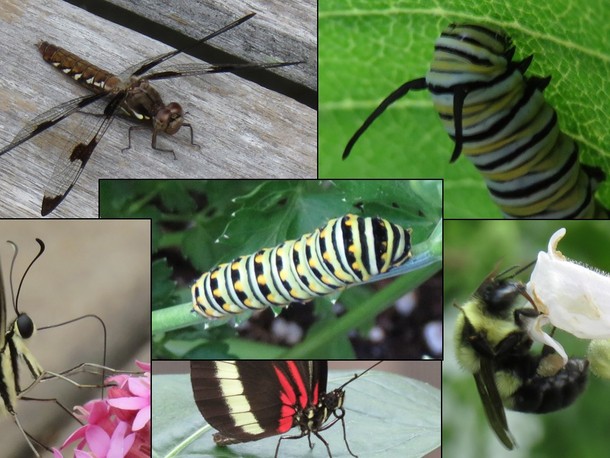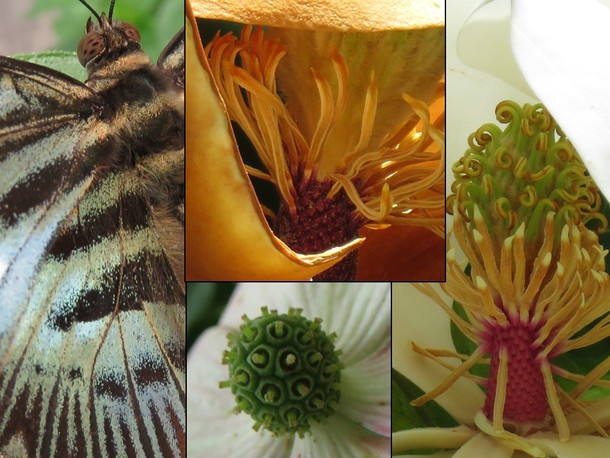Gleanings of the Week Ending October 22, 2016
/The items below were ‘the cream’ of the articles and websites I found this past week. Click on the light green text to look at the article.
Invisible Details of Tiny Creatures Uncovered with Laser-Microscope Photos – Details of small creatures…how much of the world we miss entirely if we look only with our un-aided eyes.
What do Americans fear? – Evidently this is the third annual Survey of American Fears from Chapman University.
Obituary for the 25-million-year-old Great Barrier Reef – Another way to think about our impact on Earth.
Sweet Science of Honey – Did you know that honey is anti-microbial and it fights bacteria on multiple levels? So far, honey has not been shown to contribute to resistance either.
Hypothyroidism symptoms linger despite medication use, normal blood tests – A study that shows that not everyone gets symptom relief from the current standard treatment with levothyroxine…and that the medical community is finally beginning to notice.
10 Great Butternut Squash Recipes for Fall and Winter – I like butternut squash so I am always on the lookout for good recipes. Most of the time butternut squash, pumpkin and sweet potatoes can be substituted for each other in recipes too!
Cicada wings inspire antireflective surfaces – Another example of getting materials engineering ideas from nature.
Skip the Math: Researchers Paint Pictures of Health Benefits and Risks – It’s hard to understand the trade-offs involved in many tests and medicines. I was glad to see this attempt --- and hope that doctors become more savvy too.
Calcium supplements may damage the heart – There are growing concerns about potential harms of supplements…and this study about calcium is one example of studies behind that growing concern. The analysis of 10 years of medical tests on more than 2,700 people revealed that while a diet rich in calcium is protective…taking calcium supplements may increase the risk of plaque buildup in arteries and hear damage!
Why sentient tools will be catastrophic to the job market – Sentient tools (example: autonomous cars, warehouse workers, delivery people) are not as ‘sci-fi’ as they used to be. We see early examples of many of them. They will become increasingly able to outperform humans in a variety of jobs. Think of the ripple effect of autonomous cars – on insurance company revenues, on emergency services, on taxi drivers!

